Written by Bryan Dearsley
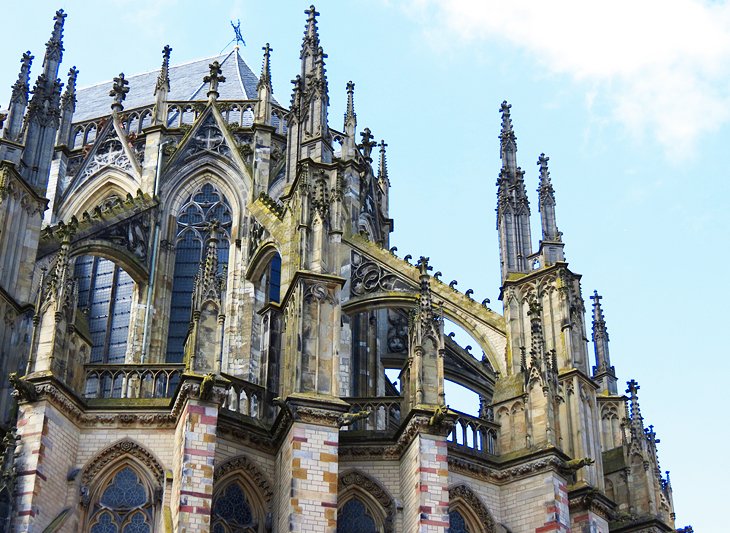
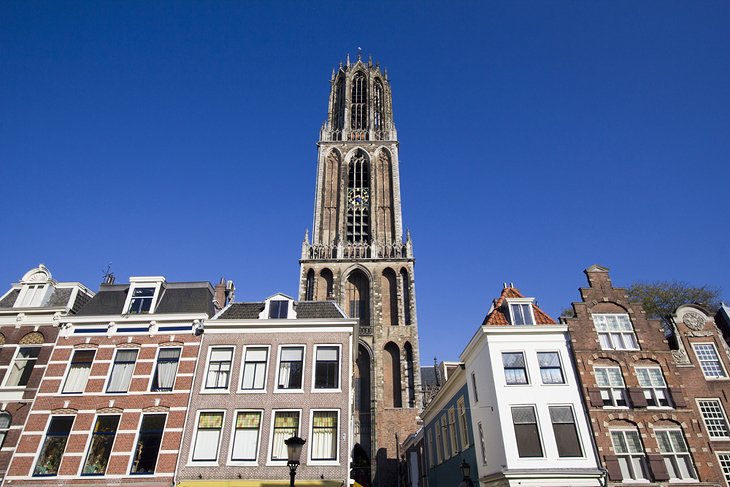
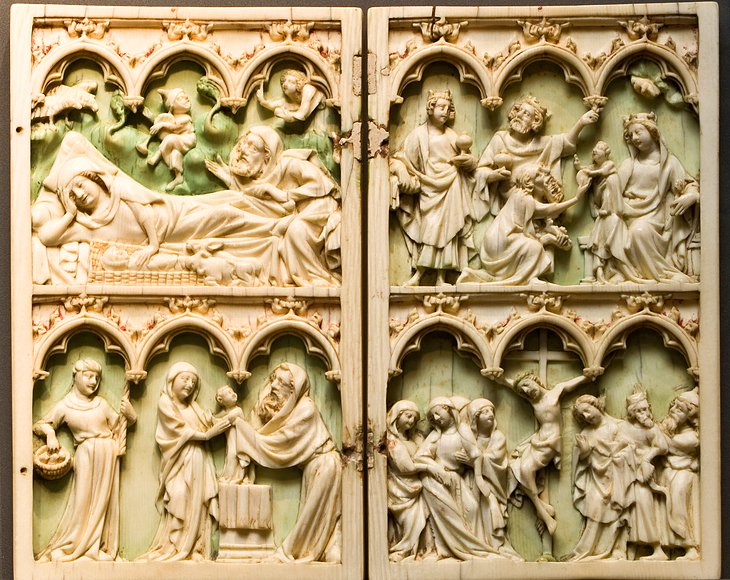
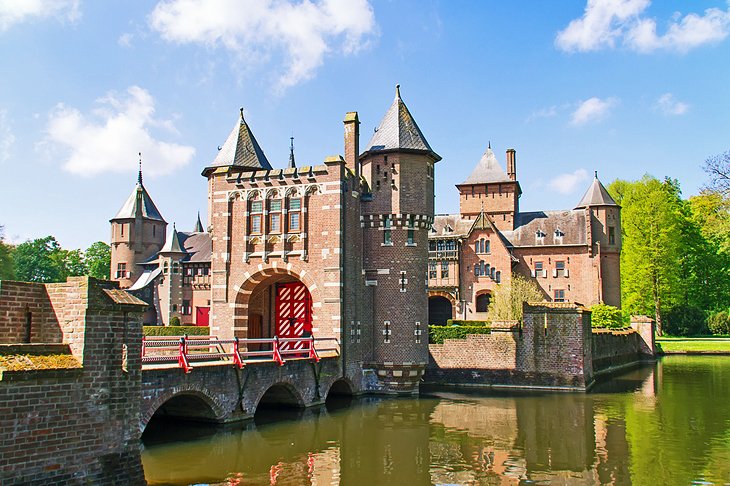
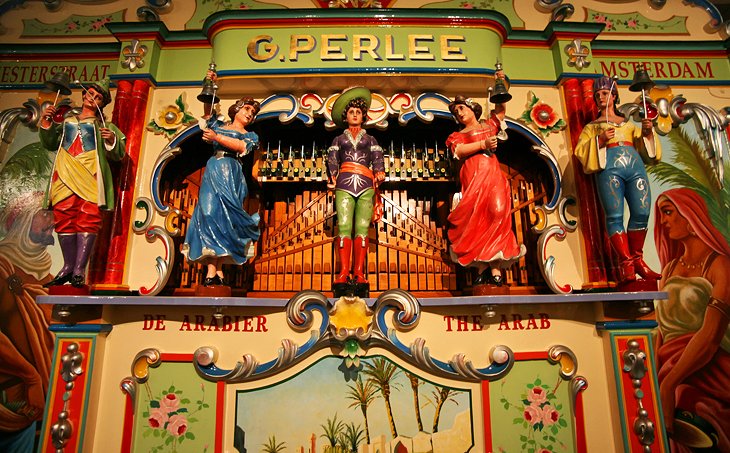
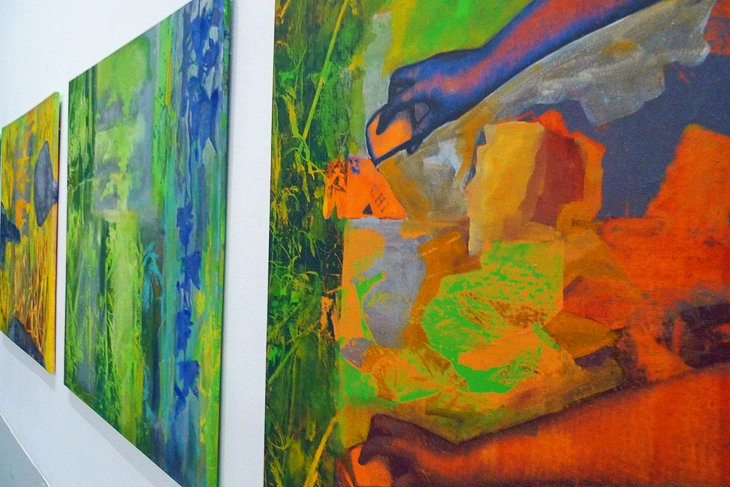
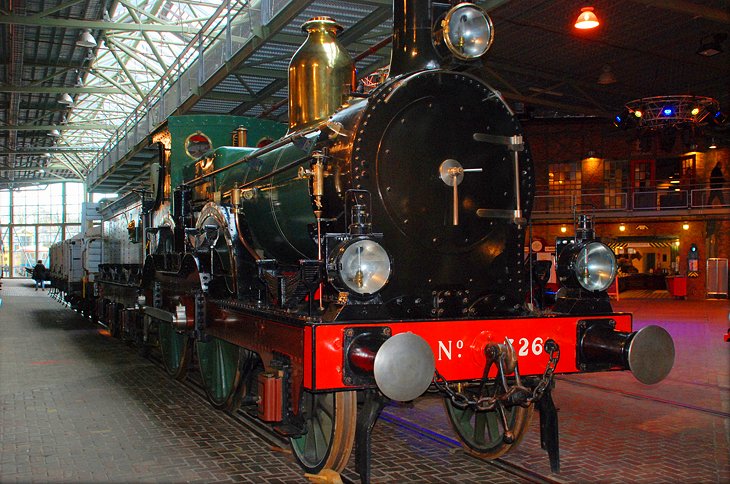
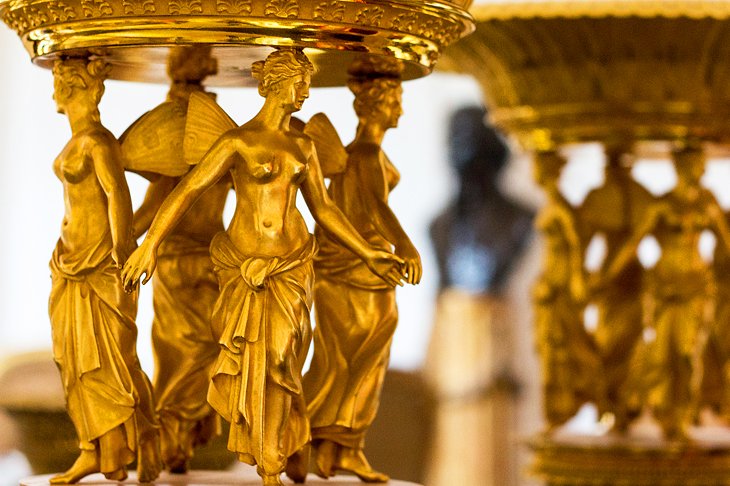
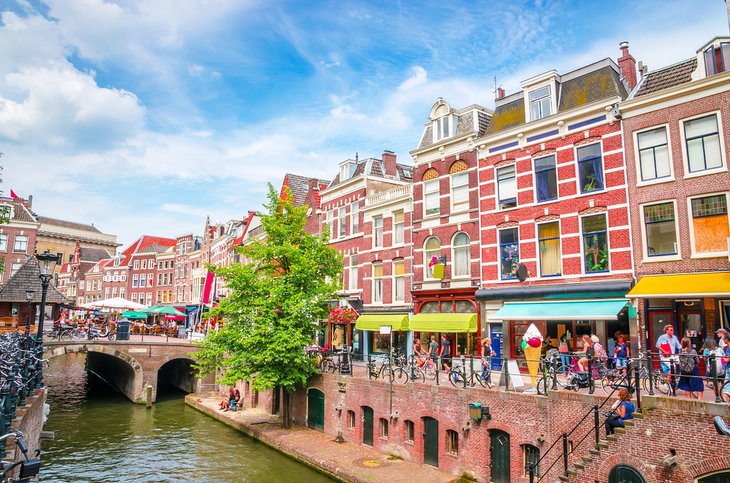

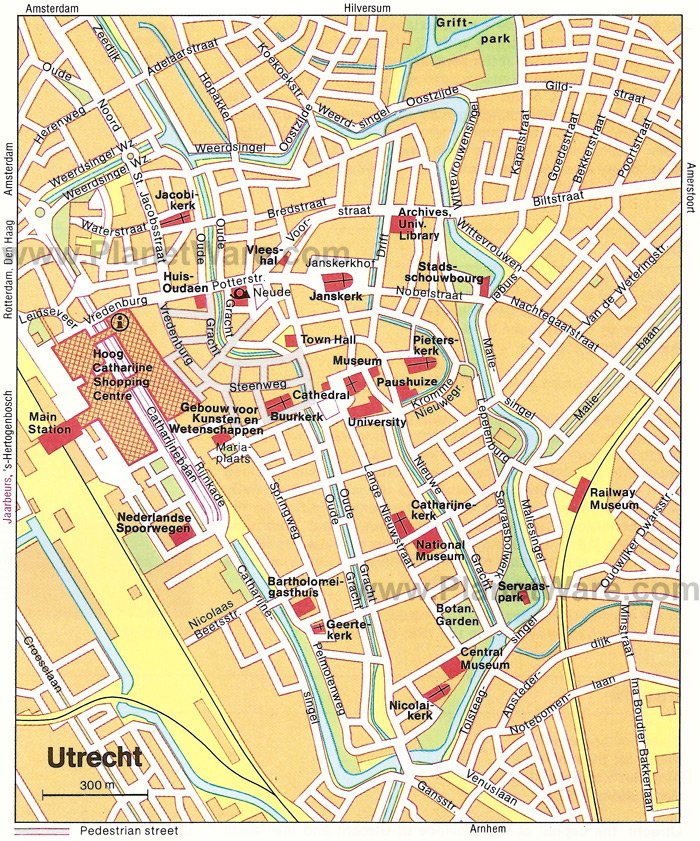 Utrecht Map - Attractions
Utrecht Map - Attractions
Utrecht, the fourth largest city in the Netherlands
and the capital of the province of the same name, lies on the
geographical divide between the country's fenlands and sandy heathlands.
This position favored the development of the town over the centuries as
the heathlands, lying higher, were out of reach of the North Sea's
storm tides. From very early times, Utrecht was one of the principal
political, economic, and cultural centers of the Netherlands, the seat
of the provincial administration, and home to a famous university
founded in 1636. Tourism also makes a significant contribution to the
economy, and the picturesque Old Town with its numerous historical
buildings surrounded and intersected by canals attracts large numbers of
visitors.
1 St. Martin's Cathedral

St. Martin's Cathedral
Share:
In the heart of Utrecht lies Cathedral Square, the Domplein, where
you'll find St. Martin's Cathedral (Domkerk), one of the most important
churches in the Netherlands. Begun in 1254 on the site of an earlier
Romanesque church, the cathedral today consists of the 14th-century
choir, the 15th-century transepts, and two chapels. The original much
larger structure incorporated the massive nearby Domtoren, the
tower that became separated after the destruction of the nave during a
thunderstorm in 1674. The ruins were only cleared away in 1826 when the
Domplein was laid out, with restoration finally completed in 1988.
Highlights include old tombs and a crypt known to contain the internal
organs of Emperors Conrad II and Henry IV, who died in Utrecht. Of
particular note is the picturesque 14th-century cloister linking the
cathedral with the university: above its windows are scenes from the
life of St. Martin, the patron saint, while in the center of the
beautiful Cloister Garden is a fountain with a bronze figure of a monk.
Address: Achter de Dom 1, 3512 JN Utrecht
2 Editor's Pick The Domtoren: The Cathedral Tower

Utrecht cityscape with cathedral tower
Share:
Looming high over the old city of Utrecht is the Domtoren, the
massive tower that was separated from the Cathedral of St. Martin after
the devastating storm of 1674. Built between 1320 and 1382, it stands
112 meters high and houses an impressive carillon of 50 bells, many of
them centuries old. Still the tallest church tower in the Netherlands,
its viewing galleries offer magnificent panoramic vistas of the old city
and the Domplein (the 465-step climb is worth it as you'll also get to
see the bells up close). Two chapels can be visited within the tower:
St. Michael's, the Bishop's domestic chapel, and the Egmond Chapel, home
to an exhibition on the history of this spectacular structure.
Address: Domplein 21, 3512 JE Utrecht
Official site: www.domtoren.nl/en
3 Museum Catharijneconvent

Museum Catharijneconvent exhibit
Niels
Share:
In the former hospice of the Order of St. John, Museum
Catharijneconvent deals with the history of Christianity in the
Netherlands. Opened in 1978, it's the country's largest collection of
medieval art treasures, with sections devoted to church interiors,
religious beliefs, and medieval monasteries. In addition to a large
collection of 17th- and 18th-century material, other exhibits include
valuable books and manuscripts, and a model of the original St. Martin's
Cathedral with explanations of its history. Also on site is a display
of embroidered Flemish church vestments of the late Middle Ages.
(English language guided tours are available.)
Address: Lange Nieuwstraat 38, 3512 PH Utrecht
Official site: www.catharijneconvent.nl/p/23.html
4 Castle de Haar

Castle de Haar
Share:
Built by Dutch architect PJH Cuypers, Kasteel De Haar is not only the
largest castle in the Netherlands, it's widely considered to be the
most attractive thanks to its fairytale good looks. It is so large that
when it was built in 1822, the whole village of Haarzuilens had to be
moved. Highlights of a visit - the castle is just 16 kilometers west of
Utrecht - are its large collection of antiquities, furniture, paintings,
and tapestries, along with its rich décor including ornate wood
carvings and tableware and a rare Japanese coach especially designed for
women. The grounds, too, are wonderful to explore, and comprise some
250 treed-acres, along with fountains and a lovely formal garden.
Address: Kasteellaan 1, 3455 RR Haarzuilens
5 Museum Speelklok

Museum Speelklok exhibit
bertknot
Share:
One of the more unusual of Utrecht's tourist attractions is Museum
Speelklok, a museum dedicated to music boxes and barrel organs. Displays
include mechanical musical instruments from the 18th century to the
present day, as well as domestic instruments such as tiny music boxes to
massive fair organs, most of which can still be played. Other
highlights include examples of musical clocks, pianolas, and a turret
clock with a carillon, along with the opportunity to peek behind the
scenes at the restoration work performed in the workshops. English
language guided tours, including demonstrations, are available.
Address: Steenweg 6, Utrecht
Official site: www.museumspeelklok.nl/?Language=en
6 Centraal Museum

Centraal Museum
Franklin Heijnen
Share:
Spread between the remnants of a former convent and the city's old
Artillery Stables, Utrecht's excellent municipal collections are well
worth a visit. Housed in the Centraal Museum, the exhibits include the
provincial archaeological collections and works by Utrecht-based
painters from the 15th century onwards, including the Romanists, a group
influenced by the Italian Renaissance and led by Jan van Scorel. Other
schools represented are the Mannerists, represented by Abraham
Bloemaert, who had an enduring influence on the Utrecht Caravaggisti
(stylistic followers of Caravaggio). The museum also has a collection of
costumes from the 18th century to the present day, along with rooms
furnished in period style, sculptures, silver, and a collection of
material on the history of the city. A rare 17th-century dollhouse with
rooms decorated in chintz from the Dutch East Indies is also worth
seeing.
Address: Nicolaaskerkhof 10, 3512 XC Utrecht
Official site: www.centraalmuseum.nl/en/
7 The Railway Museum

The Railway Museum
Robert Warnaar
Share:
In the old Maliebaanstation, Utrecht's Railway Museum
(Spoorwegmuseum) is a must-see for train buffs. Highlights of this
large, well-stocked attraction include a cross section of the country's
transit history, particularly railroads and tram systems, with plenty of
models and old vehicles. Exhibits deal with the early years of
railways, the heyday of the 1900s, and an operational workshop. In
addition to the museum's impressive collection of locomotives and
rolling stock, kids will love the model railway and playground.
Address: Maliebaanstation, 3581 XW Utrecht
8 The Kaiser's House in Doorn

Huis Doorn display
Hans Splinter
Share:
In the picturesque little town of Doorn is the last home of Germany's
Kaiser Wilhelm II, Huis Doorn. Forced into exile after defeat in WWI,
the Kaiser purchased Huis Doorn in 1920 and lived there until his death
in 1941 (he's buried in a mausoleum on the grounds). Originally a
medieval castle, the house was rebuilt in classical style in the 18th
century, with only minor alterations since. Set in a large and beautiful
park, the house is open to the public as a museum and has been
preserved exactly as it was in the Kaiser's day, right down to the
original furniture and furnishings, the Kaiser's personal possessions
(including a collection of snuff-boxes belonging to Frederick the
Great), uniforms, photos, and paintings.
Address: Langbroekerweg 10, 3941 MT Doorn
Official site: www.huisdoorn.nl/eng/
9 The Oudegracht

The Oudegracht
Share:
A highlight of a visit to Utrecht is strolling along the beautiful
Oudegracht, the old canal running through the city center. Starting in
the southeast section of the city, the Oudegracht traces, in part, what
was once the original route of a section of the Rhine, while the
northern section includes segments of a canal built around 1000 AD that
connected the Rhine to the River Vecht. Once Utrecht's network of locks
was completed in 1275 the shores of the canal began to be settled, with
numerous quays, wharves, and warehouses added. Today, many of these old
buildings have been turned into restaurants, cafés, galleries, and
boutique shops.
10 St. Pieterskerk

St. Pieterskerk
YIP2
Share:
Just a short walk north of St. Martin's Cathedral, in
Pieterskerkhof, stands St. Pieterskerk, the first of the town's churches
to be built. Consecrated in 1048 and notable for its two Romanesque
towers, the church features a crypt with a sarcophagus of the founder,
Bishop Bernold. Other notable features are the capitals of the columns
in the nave, the wall paintings in the north aisle, and the 12th-century
reliefs created in the Maasland style.
Address: Neude Janskerkhof en Domplein, Utrecht
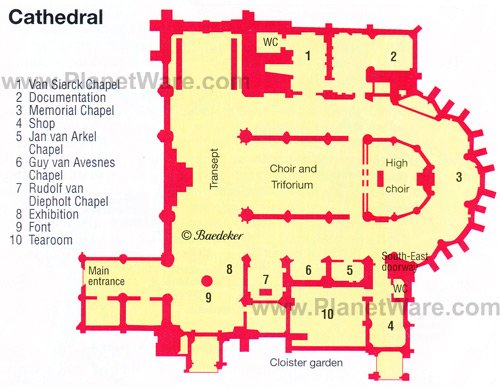
grt
ReplyDelete